The development landscape has seen a revolution with AI-powered tools simplifying the way code is written and reviewed. Two notable players in this arena are Sourcegraph’s Cody and Tabnine. Both cater to developers looking for smarter, faster ways to write code, but each serves distinct use cases. This guide will help you understand their features, benefits, and differences to decide which tool works best for you.
What is Sourcegraph’s Cody?
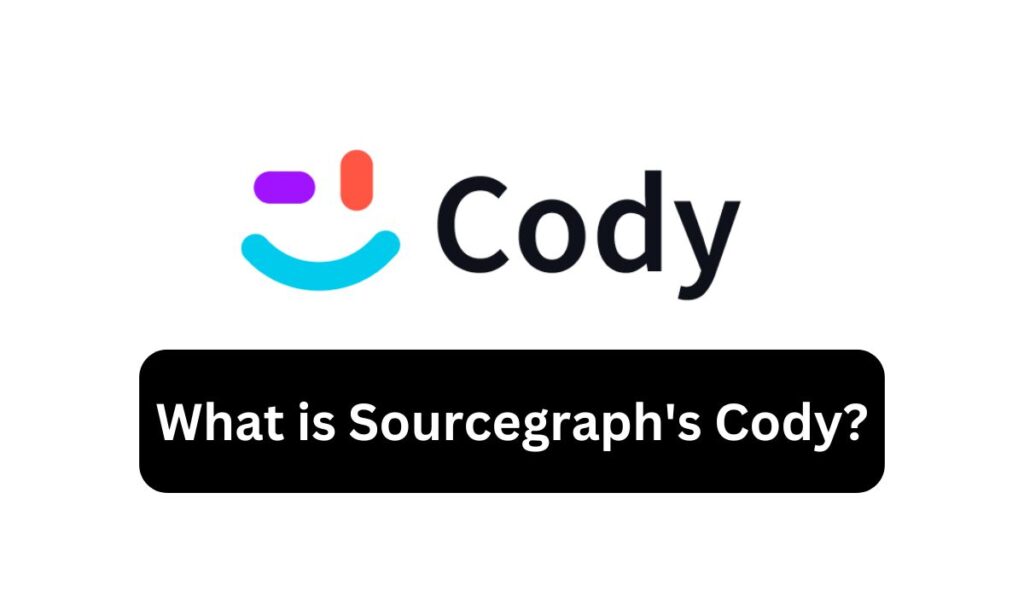
Sourcegraph’s Cody is a cutting-edge AI assistant integrated into the Sourcegraph platform. It leverages code search and indexing to provide developers with in-depth, context-aware coding assistance. Cody isn’t just about auto-completions; it’s a comprehensive assistant that helps navigate large codebases, debug errors, and automate repetitive tasks.
Key Features of Cody
- Repository-Level Context: Cody understands your entire repository by integrating with Sourcegraph’s universal code search, delivering precise and contextual coding suggestions.
- Code Explanation: Ideal for deciphering complex code snippets, making debugging and onboarding much easier.
- Multilingual Support: Supports various programming languages, making it a versatile choice for large development teams.
- Custom Workflows: Developers can define workflows to automate frequent tasks, further increasing productivity.
Cody shines when it comes to navigating large, complex projects, making it a natural choice for teams already using Sourcegraph.
What is Tabnine?
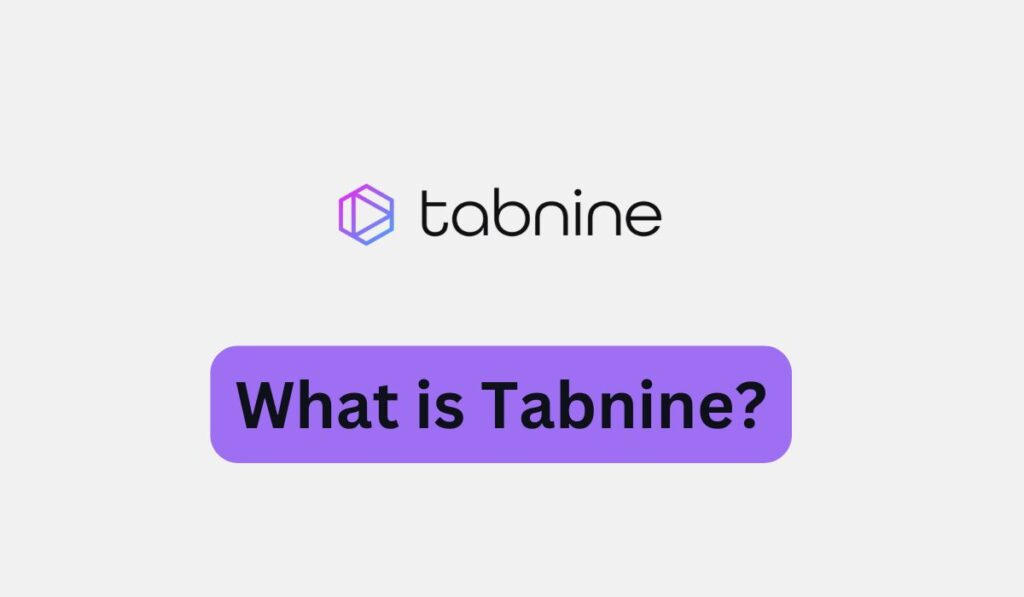
Tabnine, in contrast, focuses on AI-powered code completions that work in real time as you type. Designed for individual developers and small teams, Tabnine integrates with popular IDEs like VS Code, IntelliJ, and PyCharm to offer seamless assistance.
Key Features of Tabnine
- Real-Time Autocompletions: Tabnine suggests smart, predictive completions to accelerate coding workflows.
- Fine-Tuning Tabnine for Teams: With Tabnine Pro, teams can train Tabnine models based on their specific codebases, tailoring suggestions to their unique needs.
- Local and Cloud Options: Tabnine AI supports local model deployment, ensuring enhanced security for organizations handling sensitive data.
- Wide IDE Support: Works across a range of IDEs, including Tabnine Visual Studio, Neovim, and IntelliJ, ensuring compatibility with diverse workflows.
Tabnine AI excels in lightweight, fast setups for individuals or smaller teams who need straightforward code completions.
READ ALSO: How Logseq and GitHub Copilot Can Transform Your Workflow
Feature Comparison: Sourcegraph’s Cody vs Tabnine
| Feature | Sourcegraph’s Cody | Tabnine |
|---|---|---|
| Primary Focus | Contextual suggestions across repositories | Predictive code completions |
| Setup | Requires integration with Sourcegraph | Simple plug-and-play installation |
| IDE Compatibility | Limited (via Sourcegraph’s platform) | Extensive (e.g., Tabnine VSCode, IntelliJ) |
| Local Deployment | Cloud-based | Cloud and local models available |
| Ideal Users | Large teams managing vast repositories | Individual developers, small-to-medium teams |
Key Differences: Cody vs Tabnine
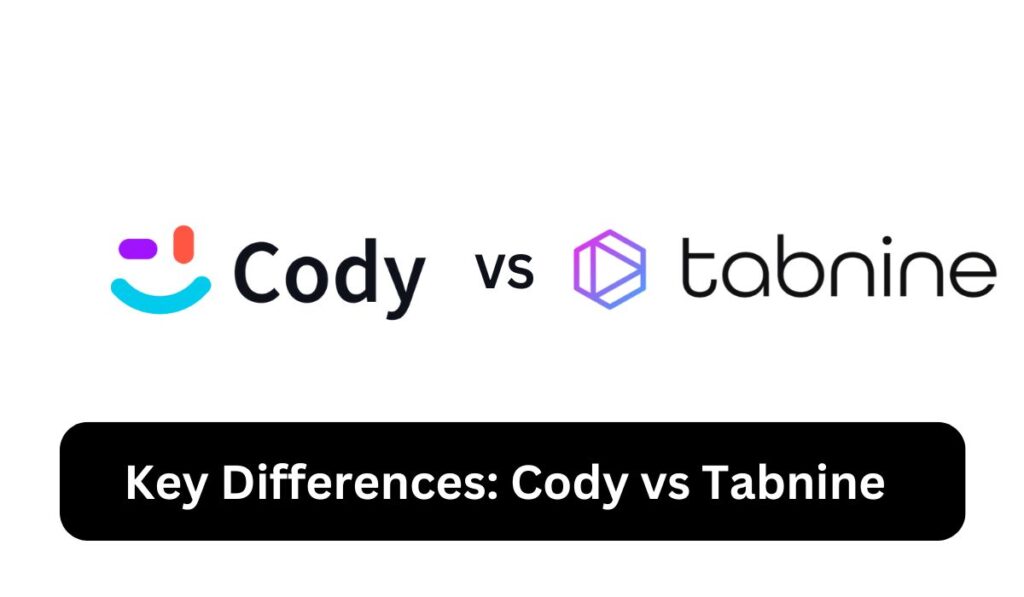
1. Contextual Understanding
Cody is unbeatable when it comes to repository-level understanding, as it integrates deeply with Sourcegraph. This allows it to provide highly relevant suggestions that align with the entire codebase. Tabnine, while impressive in real-time suggestions, lacks this repository-wide context, so it relies on fine-tuning Tabnine models to improve accuracy for specific projects.
2. Ease of Use
For developers looking for simplicity, Tabnine is the go-to option. It integrates seamlessly with IDEs and requires minimal setup. Cody, however, necessitates integration with Sourcegraph, making it more suitable for teams already using the platform.
3. Pricing Models
- Tabnine Pricing: Tabnine offers a free plan for individuals and a Pro version for advanced features like team training models and local deployments.
- Sourcegraph’s Cody: Pricing is bundled with Sourcegraph’s enterprise packages, catering more to larger organizations.
4. Cloud vs Local Deployment
While Cody primarily operates in the cloud, Tabnine Pro provides options for local deployments, catering to security-conscious teams.
Tabnine Engagement Metrics
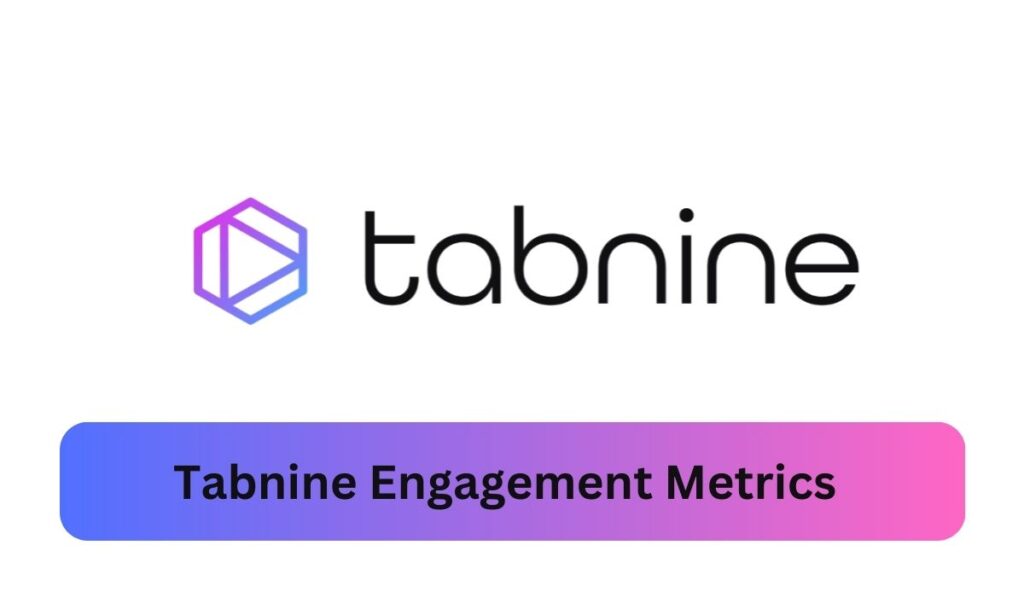
One of Tabnine’s strengths is its engagement metrics, which show its widespread use across teams and individuals. Metrics like “Tabnine VSCode,” “Tabnine Pro,” and “Tabnine AI code completion” highlight its adaptability for both personal and enterprise-level development.
Use Cases: When to Choose Cody
- Navigating Large Codebases: Cody’s repository-level understanding is perfect for teams managing complex, interconnected projects.
- Collaborative Debugging: Its code explanation features make it easier for teams to identify and solve bugs collaboratively.
- Custom Automation: Teams can use Cody to set up workflows that save time on repetitive tasks.
Use Cases: When to Choose Tabnine
- Small Teams and Solo Developers: With its plug-and-play functionality, Tabnine is ideal for those who need quick and efficient coding assistance.
- Security-Focused Development: Tabnine’s local model deployment ensures your code never leaves your system, a must for sensitive projects.
- Rapid Prototyping: Tabnine’s real-time code completions are perfect for developers working on small projects or prototypes.
Tabnine vs GitHub Copilot
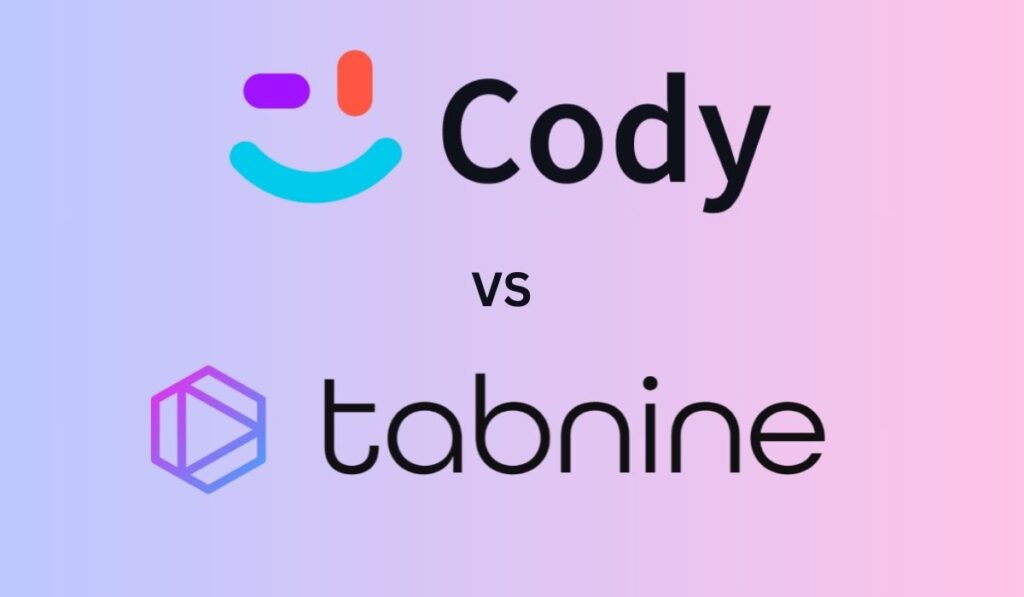
A frequent comparison arises between Tabnine vs GitHub Copilot, as both tools target individual developers and smaller teams. While Copilot offers advanced suggestions using GPT models, Tabnine stands out with its local deployment options and fine-tuned models tailored to team needs.
Similarly, for those exploring options like Codeium vs Tabnine or Copilot vs Tabnine, the choice boils down to the desired level of customization and deployment security.
Conclusion
Both Sourcegraph’s Cody and Tabnine are exceptional AI tools, but they cater to different audiences. If your team handles large-scale repositories and uses Sourcegraph, Cody is the clear winner. On the other hand, if you need a lightweight, fast, and versatile code completion tool, Tabnine’s ease of use and adaptability make it an excellent choice. Whether you choose Tabnine AI or Cody, both are steps forward in the evolution of coding productivity tools.
FAQs
1. What is Tabnine?
Tabnine is an AI-powered code completion tool designed to boost developer productivity by providing smart, real-time suggestions. It integrates with IDEs like VS Code, IntelliJ, and Tabnine PyCharm.
2. Is Tabnine free?
Yes, Tabnine offers a free version with essential features. The Tabnine Pro plan unlocks advanced capabilities like team training models and local deployments.
3. Does Tabnine work offline?
Yes, Tabnine Pro supports offline usage through its local model deployment, ensuring security for sensitive projects.
4. How does Tabnine compare to GitHub Copilot?
Tabnine emphasizes flexibility, offering local deployments and fine-tuning options. GitHub Copilot, meanwhile, focuses on cloud-based completions with a broader context provided by OpenAI’s models.
5. How to install Tabnine in Visual Studio?
To install Tabnine in Visual Studio, download it from the official website and follow the IDE-specific setup instructions for seamless integration.
6. Is Sourcegraph’s Cody better than Tabnine?
The choice depends on your needs. Cody excels in repository-level context and is ideal for large teams, while Tabnine is more suited for individuals and smaller teams focusing on real-time code completions.


